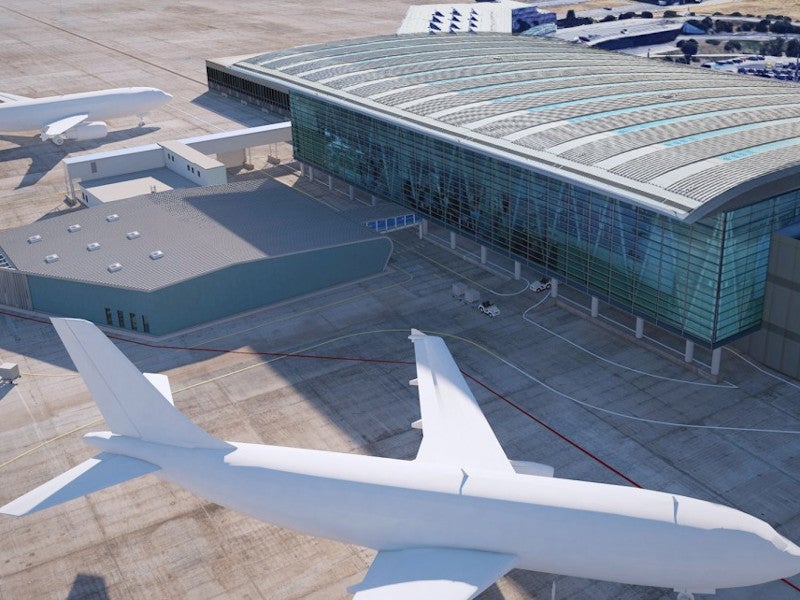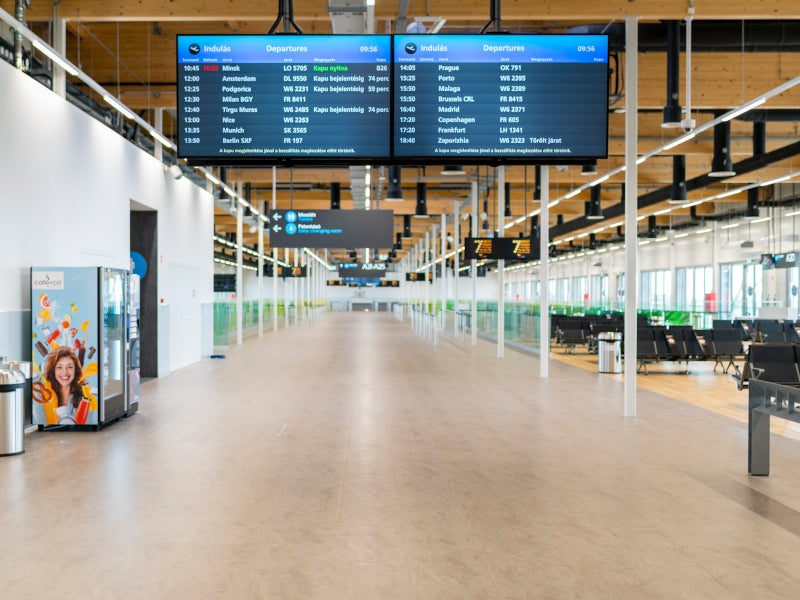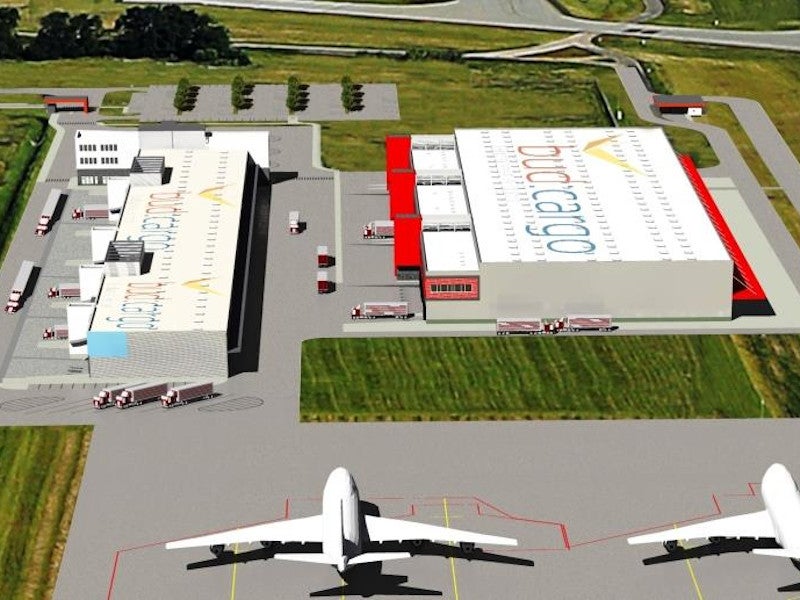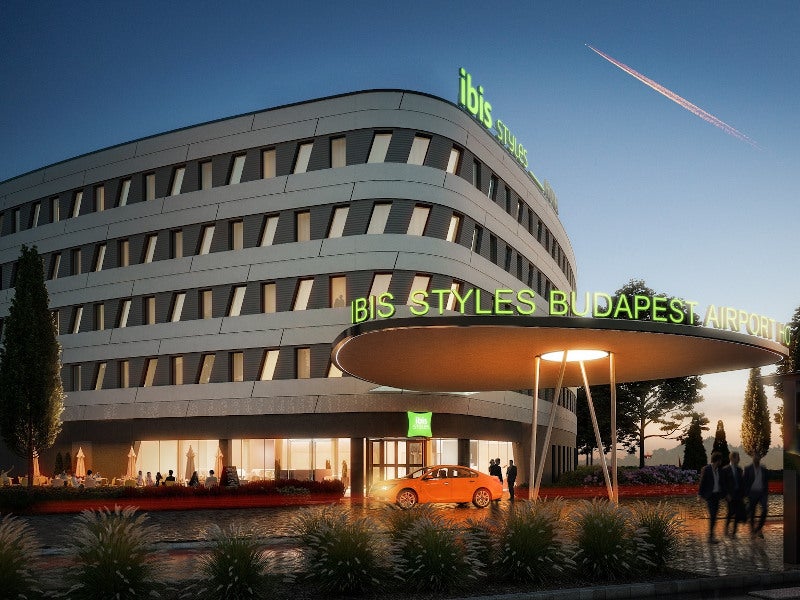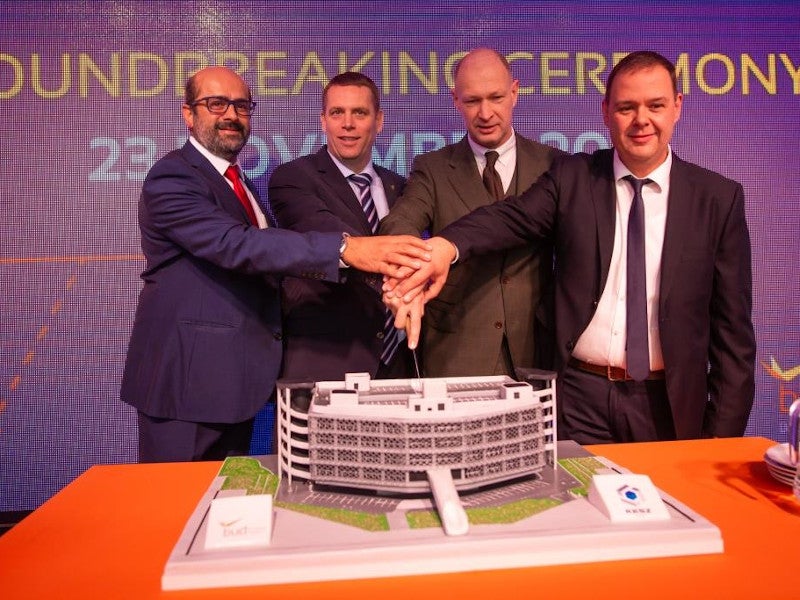Budapest Airport, the operator of Ferenc Liszt International Airport in Budapest, Hungary, is executing a series of development and improvement projects. The development will allow the airport to keep pace with the increasing passenger growth.
The airport launched a five-year development programme dubbed BUD 2020 in 2016 which includes various important developments. The airport witnessed huge growth in passenger numbers in 2015 and 2016 and handled more than 11 million passengers for the first time in its history.
The BUD 2020 plan involves an investment of approximately €160m ($179.9m), which is funded from the airport’s own resources.
The airport served 16.2 million passengers, handled 135,000t of cargo and received 33 new flights in 2019.
BUD Cargo City
In November 2019, Budapest Airport inaugurated a €50m ($55.3m) cargo city, which serves as a modern air cargo handling facility occupying an area of over 21,200m². The logistics complex will allow the airport to meet the demand of growing cargo traffic and serve as the cargo gateway of Central and Eastern Europe.
The facility also includes office space and a nearby 32,000m² concrete apron to simultaneously handle loading and unloading of two Boeing 747-8F aircraft. It is planned to be expanded on the Vecsés side of the airport.
Car parking at Ferenc Liszt International Airport
The airport is constructing a new, multi-storey car parking facility at the location of the existing terminal parking in front of terminal two. The six-level car park, which will have the capacity to accommodate 2,500 vehicles, will have a direct connection to both the terminals. It is expected to be opened to the public in the second half of 2020.
The new parking building will house car rental service providers at the bottom level. It will also provide passengers with access to e-charging stations, car wash service, and XXL parking facilities for sport utility vehicles (SUVs).
In July 2017, 1,000 new parking spaces were added to the car parking areas near terminal two to increase total capacity to 4,700 spaces in five different categories of parking. The parking project also involved the shifting and expansion of the Aeropark Aircraft Museum and construction of additional walkways.
Construction works
The construction of a 225m-long pier B next to Terminal 2B was a major project of BUD 2020. Construction of the pier started in 2017 and it was opened in September 2018. The new passenger terminal section added 10,000m² of new area to Terminal 2 and increased the boarding gate capacity of the airport. It allows the airport to handle ten category C narrow body, or three wide-body and four category C aircraft at the same time.
The pier B provides 27 different boarding options and accommodates non-Schengen flights. The construction of pier 1 was completed in June 2020 and the airport management is currently awaiting approval to open it for passengers. The €33m ($37m) pier expanded the area of Terminal 2A by 11,500m² and created a comfortable and spacious waiting area for passengers.
The single-storey building has an internal height of 5.2m and includes modern interior design elements. The hall has eight pedestrian boarding gates directly connected to aircraft stands and six extra boarding gates allowing passengers to be transported to aircraft parked at remote stands.
The central hall features resting and waiting areas, retail and food stores, in addition to three bathroom blocks and a terrace for smokers.
Tungsram Group opened a 70m² corporate lounge at the Ferenc Liszt International Airport in February 2020 for exclusive use by its customers and business partners. Located near Terminal 2A’s gate A8, the lounge is capable of accommodating 15-20 people at a time.
Other development at Ferenc Liszt International Airport
A 145-room hotel was built in front of Terminal 2B. Known as ibis Styles Budapest Airport Hotel, the hotel also includes conference facilities. It is a four-storey building with a direct connection to the airport terminal and restaurant facilities.
The airport is expanding its baggage sorting system with the construction of a new 2,000m² baggage sorting hall on the airside. Construction started in February 2020, with completion expected in the second half of the year. The building will be located in front of terminal two and increase the existing baggage sorting capacity by 50%.
The baggage sorting building will be equipped with screening machines compliant with Standard 3 of hold baggage screening. The equipment will improve security screening by enabling three-dimensional images of objects inside the screened bags. The technology will be available for use by September 2020.
Two new passenger security screening lanes with automatic technology will be installed at terminal 2B, increasing the total number of screening lanes to 18. A new roundabout with two lanes is also being constructed between main road number four and terminal two. Satys Group agreed to establish a new paint hangar, which will be located adjacent to the aircraft maintenance hangars between terminals one and two.
Financed by the airport, the hangar will be able to carry out simultaneous painting of two Airbus A321 or Boeing 737-900 aircraft. It is expected to be completed by the end of 2020.
BUD 2020 also created new logistics facilities close to terminal one.
The European Investment Bank (EIB) agreed to provide a €200m ($227m) loan to support the expansion of the airport in December 2018.
Contractors involved
KÉSZ Építő Zrt served as the primary contractor for the construction of pier B. The company also secured a contract to build the multi-storey car parking facility. KÖZTI prepared the design of pier B.
Merkbau was contracted for the construction of the cargo city’s building section.

